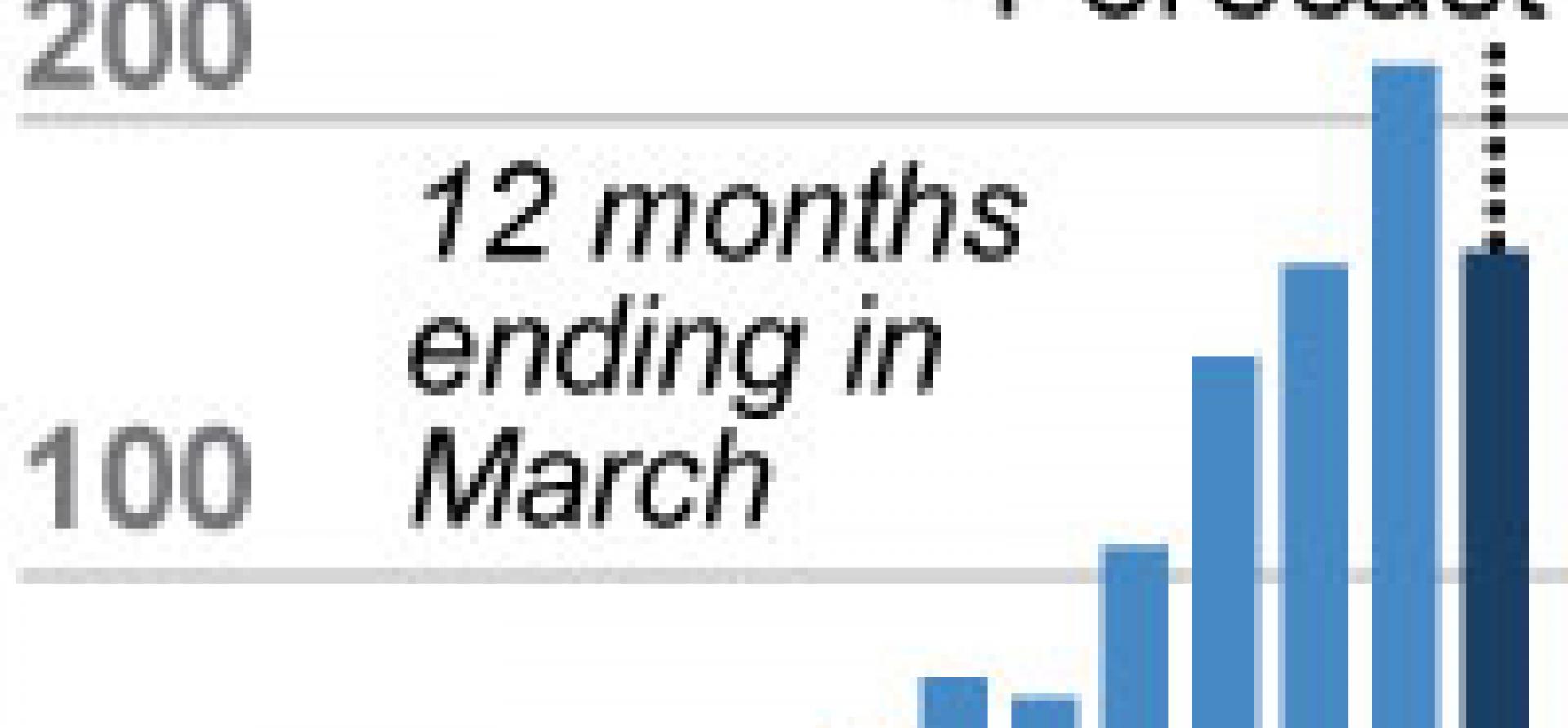Data Bite: December Numbers Signal a Looming End to India’s Appetite for Foreign Coal

Figures just released by the Indian government show coal imports down 34 percent year over year in December after a record 49 percent year-over-year decline in November. The new numbers bring the decline to 15 percent from April through December in 2015.
It’s a striking trend that is contrary to almost all financial market and International Energy Agency (IEA) forecasts, which still assume global seaborne thermal coal demand will be supported by growth from India.
The fact is, India was essentially the last flicker of hope for the beleaguered industry, and the December data bodes ill for ambitions to turn the Australia’s Galilee Basin into a coal-production center.
Indeed, thermal coal imports appeared to have peaked in mid-2015, and are now set to permanently and rapidly decline, and the IEA’s recent prediction for sustained coal import growth into India now looks like it was outdated the day it was printed. The accelerating rate of decline in thermal coal imports into India is unsurprising in one respect: it is entirely consistent with Energy Minister Piyush Goyal’s target to all but cease thermal coal imports by 2017.
The Australian Government’s Office of the Chief Economist (OCE) missed the mark, too, in predicting this past June that domestic Indian coal production would continue to follow the 2 percent annual growth achieved in the five years to 2013-14.
The OCE’s failure to fairly review the acceleration of coal dispatches over 2014 and again in 2015 has serious implications. Australian coal mine and associated rail and port infrastructure expansions are premised on forecasts that have now been shown to be entirely wrong.
The upshot: Much of Australia’s coal industry is facing increasing stranded-asset risk.
Whilst domestic coal production has ramped up, the next problem that has emerged is that coal-fired power plants in India are now overbuilt. Coal-plant utilization rates continue to fall. Having peaked in 2011-12 at 74.0 percent, average coal-plant utilization rates across India fell to 66.0 percent in 2012-13, 61.9 percent in 2013-14, 61.1 percent in 2014-15 and IEEFA forecasts only 58.1 percent in 2015-16. This trend parallels the five-year decline evident in China which hit a record low in calendar year 2015 estimated at 49.7 percent.
Coal India Limited is reporting that its April-December 2015 production rose 9.1 percent year over year and coal dispatches increased at an even faster clip—9.8 percent—as India made progress in improving its rail system.
INDIA’S RAPID ELECTRICITY-SECTOR TRANSFORMATION IS BEING DRIVEN BY THREE KEY POLICY INITIATIVES: a doubling in domestic coal production; a fivefold increase in renewable energy by 2021-22; and distribution (DISCOM) reform.
This three-piece dynamic will be increasingly evident as the development of renewable energy takes hold. Progress on India’s 175GW of renewables by 2021-22 continues to build. During 2015 alone, the cost of Indian solar declined by 20 percent, with recent awards of over 10GW of new solar tenders at tariffs now down to a sustainable Rs4.63/kWh (US7.1c).
SoftBank/Foxconn/Bharti and SunEdison each tendered on US$350m and US$500m of solar projects respectively at the end of 2015.
These tariffs are now significantly lower than the cost of imported thermal coal, and the deflationary nature of these 25-year fixed-priced solar tariffs will significantly assist Indian consumers. They also highlight the massive long-tail benefit of renewable energy.
With global companies like SoftBank, SunEdison, SkyPower, NTPC, ENEL, ENGIE, Trina, Longi of China and the Adani Group all bringing significant access to global debt and equity capital, there is a growing acceptance that the Indian Government’s 175GW renewable energy target by 2021-22 is achievable.
Here’s just one very recent slice of what’s happening: On Dec. 30, India’s Cabinet Committee on Economic Affairs sanctioned US$750 million of funding for a 30 percent capital subsidy for up to 4.2 gigawatts (GW) of new rooftop solar installations. This program will help kick-start the capacity building for this new distributed-energy sector through which the government aims to reach 40GW of capacity by 2021/22. The government estimates solar power from the solar rooftop systems costs Rs.6.50/kWh, a rate already cheaper than the diesel gen-sets-based electricity.
Underpinning these changes is the Government of India’s ‘Ujwal DISCOM Assurance Yojana’ (program launched in November with the aim of permanently resolve the issues in India’s bankrupt distribution sector that has seen states accumulate total unfunded losses of US$55 billion booked just in the past six years alone. Key aspects of this program include quarterly tariff increases, reduced grid loss rates to 15 percent and the US$75 billion debt restructuring. This program will build transparency and force states to acknowledge previously off-balance sheet debt, in the process lowering the interest funding cost by US$2-3 billion annually. To date, 11 of the 29 Indian state governments have signed up for UDAY.
One additional aspect of the Indian transformation is the current government’s progress toward resolving electricity shortages. The Ministry of Coal reported that at the end of 2015 inventories at coal-fired power plants averaged 21 days, triple the 7 days evident at the end of 2014.
That last bit of data is just the latest ring in a wake up call to anybody clinging to the belief that seaborne thermal coal has a market in India.
Tim Buckley is IEEFA director of energy finance resources, Australasia. Jai Sharda is an IEEFA energy-industry consultant.

















